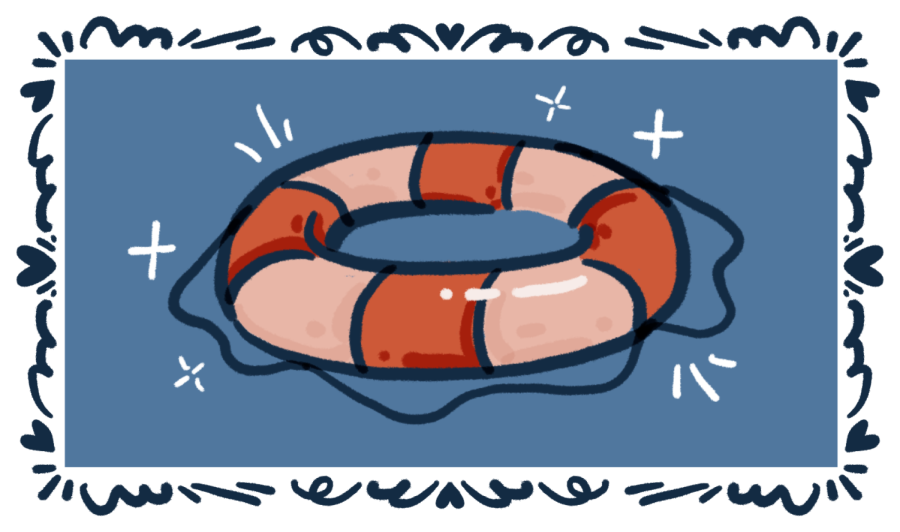New student organization aims to educate UT community on substance use, overdoses
October 3, 2022
A new student organization, Longhorn for Harm Reduction, aims to raise awareness for the impacts of substance use.
“Harm reduction is a set of practical strategies and ideas aimed at reducing the negative consequences associated with substance use,” said Ally Mark, co-founder of the organization and public health junior.
Some examples of harm reduction information that the organization intends to spread to the UT community are locations of safe disposal of used needles and syringes in exchange for clean ones, as well as access to fentanyl testing strips to detect laced drugs or naloxone medication to prevent opioid overdoses, said Tambrey Gardner, the organization’s community outreach officer and biology senior.
LHR intends to bring information about drug and substance use to campus through education, advocacy and service, Gardner said.
The organization came to fruition after Mark and a group of fellow students worked together at The Impact Factory, a social innovation program under the Lyndon B. Johnson School of Public Affairs and Dell Medical School. The founders modeled the organization after the Ohio State University initiative Buckeyes for Harm Reduction with the aid of the nonprofit initiative SOAR.
Mark said harm reduction strategies do not attempt to minimize or ignore the danger that is associated with illicit drug use.
“It’s (about) giving these strategies and ideas to recognize that people are going to use drugs — the good and bad things that come with them — and how (we can), as individuals and a community, help these people to minimize the harm that can come to them,” Mark said.
Gardner said that harm reduction involves using social resources more efficiently. By reducing the number of people that need to contact emergency medical services or police for drug related incidents through education and drug awareness, those resources will not be as overwhelmed.
“I worked as an (emergency medical technician) for two years,” Gardner said. “I got to see firsthand the effects of opioids … I’ve seen drug overdoses and drug overdose deaths, so it kind of spurred me on the path to harm reduction.”
The organization receives guidance from SHIFT, the University’s official organization dedicated to substance use safety, but operates independently.
“Harm reduction is helping the community even if you’re not a drug user,” Gardner said.
Both Mark and Gardner said they plan to hold meetings throughout the semester to help the UT community understand substance use and be informed, whether it’s information on potentially laced drugs in the community or understanding what to do when someone has overdosed.
“My favorite part of harm reduction is really the principle of meeting people where they’re at,” Mark said. “I think that is a beautiful thing that we should apply to pretty much everything in our life. That’s really the power of harm reduction that gets me — clean and simple.”



